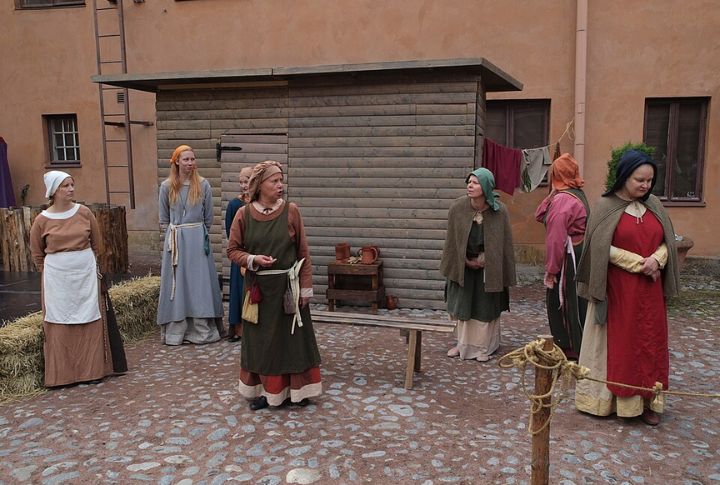
History often remembers kings and knights, but behind those stories were women fighting quieter, deadlier battles. Their lives were shaped by expectations, not choices. This list looks past the myths to help you understand why women in the medieval world had shorter lifespans than their male counterparts.
Gender Roles That Wore Women Down
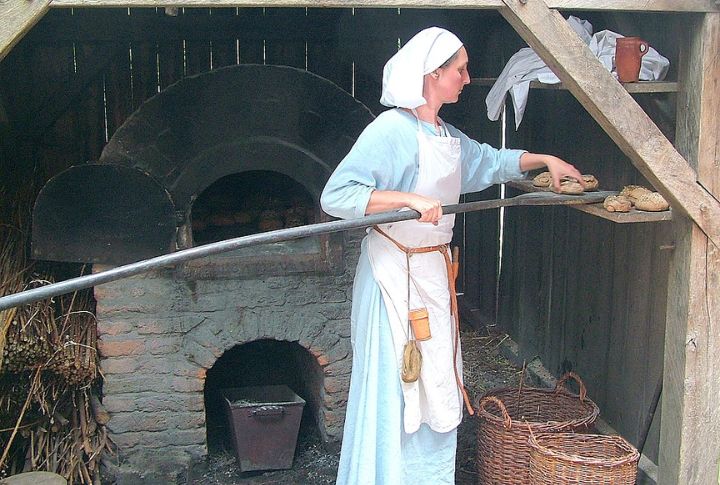
In medieval society, gender roles weren’t just limited—they were life-altering. Women were confined to domestic duties and expected to serve others before themselves. This constant caregiving, coupled with little rest, wore down their bodies early. Servitude left many women physically depleted long before old age.
Issues Related To Childbirth
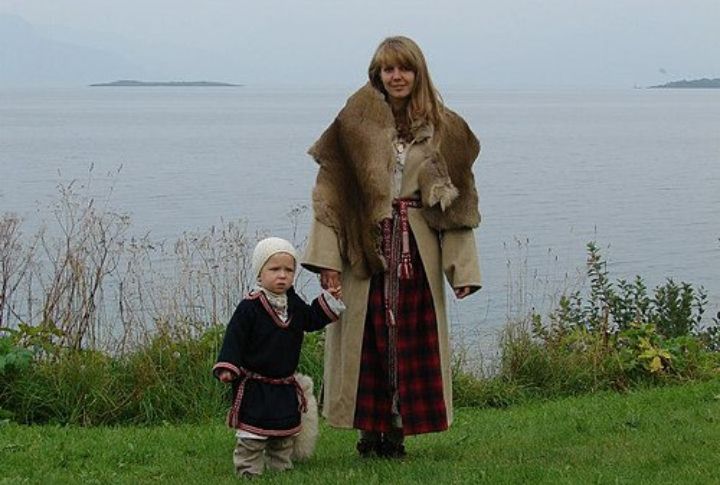
Childbirth in medieval times was extremely dangerous. Midwives existed but were often informally trained and worked in unsanitary conditions. Without modern medicine, many women faced complications like hemorrhaging or infections, which led to fatal outcomes. In some areas, such a high mortality rate was seen as a normal part of life.
Hygiene Risks Women Couldn’t Escape
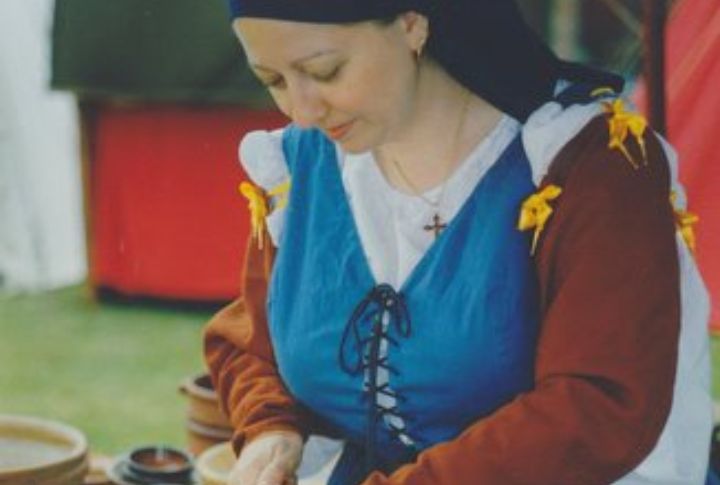
Medieval homes weren’t exactly sanitary, and women were on the front lines of it all, caring for the sick, managing food, and cleaning up messes. That kind of exposure made them vulnerable. In a world without antibiotics, their everyday routines could turn fatal fast.
Wars Women Didn’t Fight But Still Paid For
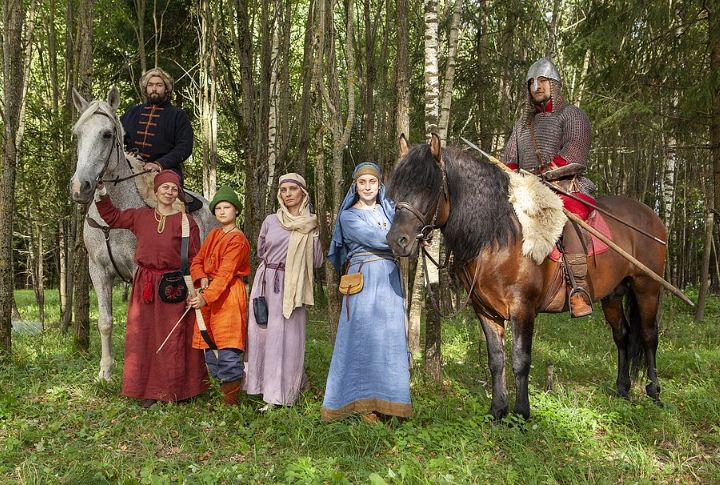
Women were often indirectly affected by violence and warfare during the medieval era. While they did not participate directly in battles, economic hardship, as well as emotional stress, negatively impacted their health and survival. Widowhood and lack of family support left many women helpless.
Malnutrition Also Affected Their Health
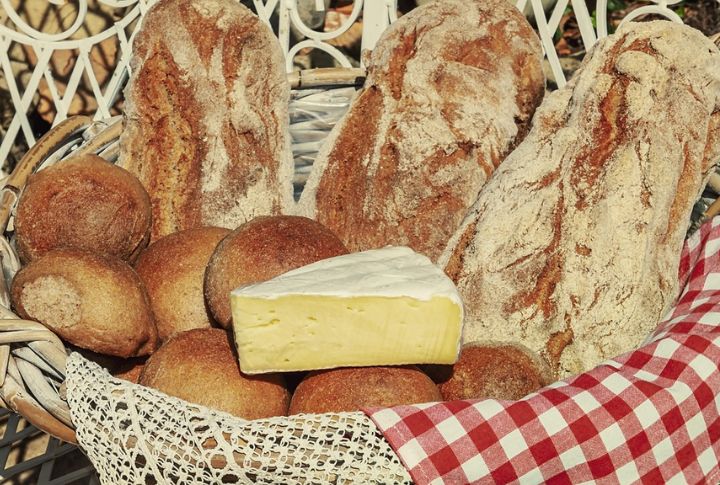
Medieval diets were often insufficient, particularly for women. Common foods included bread, cheese, and a few vegetables. For peasant women, access to protein and essential vitamins was especially limited. This nutritional deficiency, particularly during pregnancy, led to malnutrition and poor health, significantly impacting their life expectancy.
Girls Were Denied Care Early On
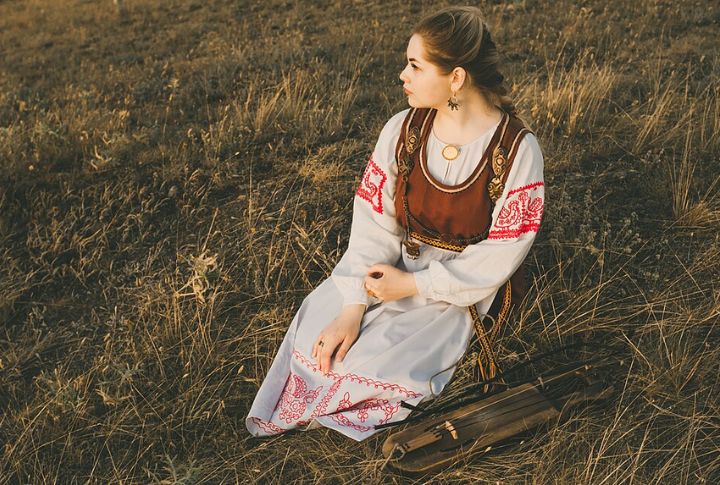
Some noble families placed so much value on having sons that baby girls sometimes got less care. That gap could have serious consequences. It didn’t happen in every home or every culture, but stories like these do show how gender sometimes tilted the mortality scales.
Faith Over Medicine In Women’s Care
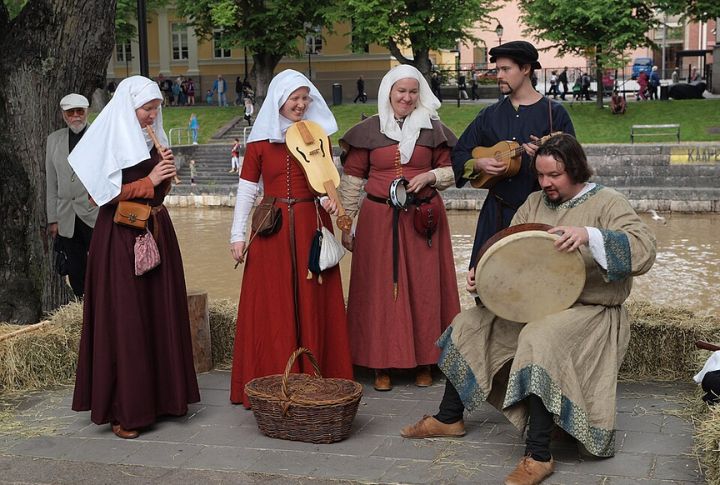
Religion played a dominant role in medieval healthcare, influencing how both men and women were treated. Instead of trained physicians, religious leaders often provided care, and women’s health issues were sometimes viewed as divine punishments. With limited medical knowledge, many people relied on religious rituals and prayers for healing.
The Healthcare World Prioritized Men
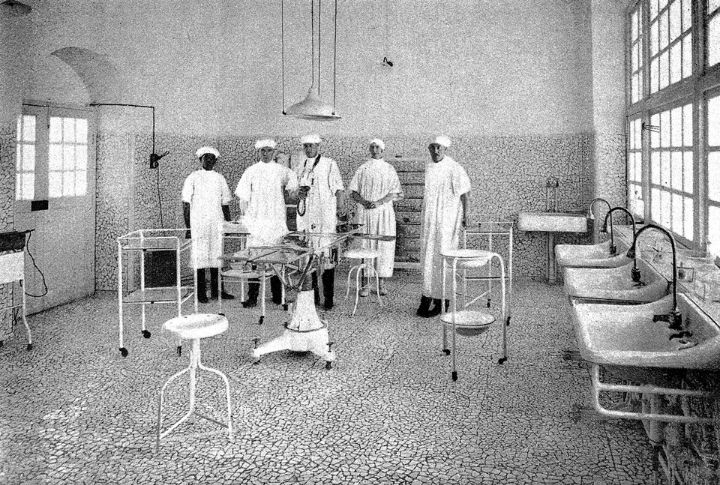
The healthcare techniques of the medieval period were far from advanced, and they were particularly skewed against women. Female health issues were often dismissed or misunderstood by male physicians, leaving women with little recourse. Female bodies were largely ignored in favor of treating male ailments more seriously.
Support Systems That Fell Short
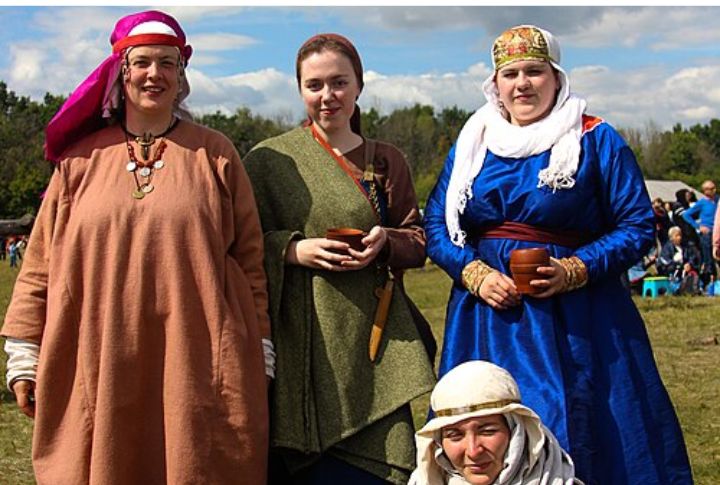
During medieval times, women relied heavily on family and community for support. Extended families often assisted during childbirth, but these informal systems lacked the professional care that women needed. Neighbors, relatives, and sometimes the church played supporting roles, but the quality and accessibility of help varied greatly.
Dangerous Superstitions That Targeted Women
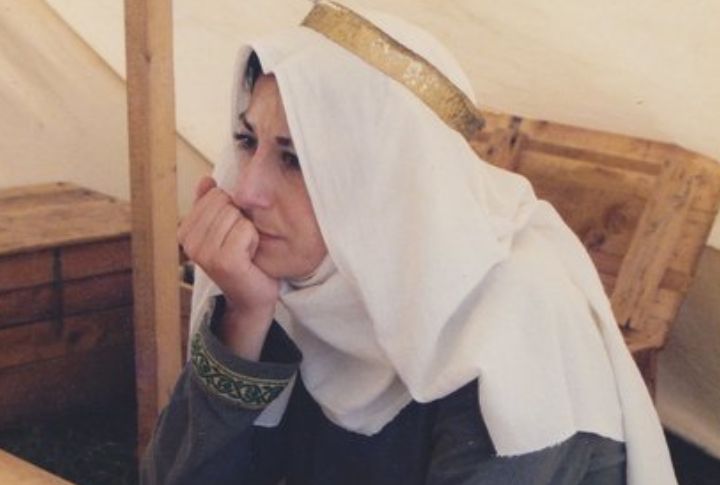
Superstition made life even harder for medieval women. Mental health issues and unexplained illnesses were often seen as signs of witchcraft. These fears especially targeted widows, healers, or outspoken women, placing their lives at constant risk for simply existing outside the norm.

